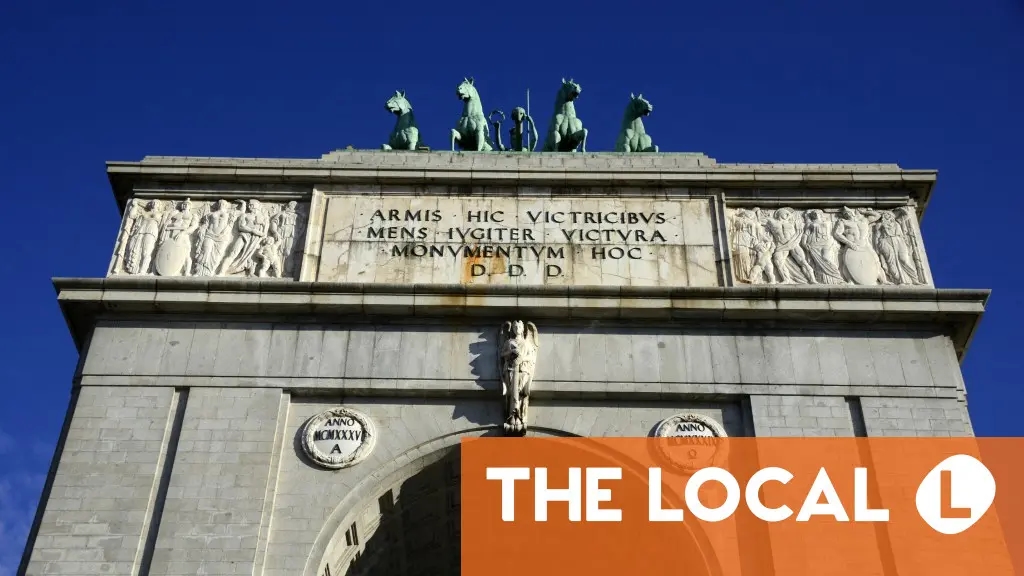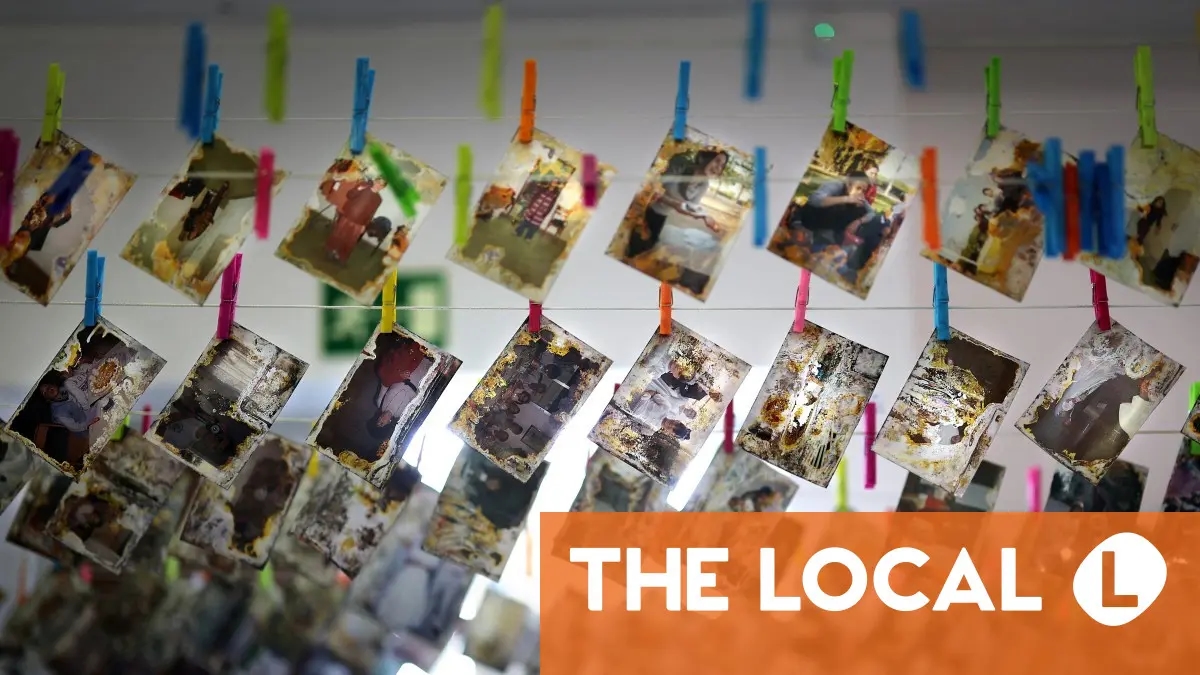The Middle East’s Corridor Moment: Why Abu Dhabi is Ground Zero for Flow Tourism Strategy

The Middle East has successfully positioned itself as a global aviation hub. Emirates, Qatar Airways, and Etihad—led by Group CEO Antonoaldo Neves, who joins us as a speaker—have created connectivity that makes the region accessible from nearly anywhere.
The hospitality infrastructure is world-class, as Anthony Capuano, President and CEO of Marriott International, and Jean-Jacques Morin, Group Deputy CEO of Accor, can attest from their companies’ major investments across the region.
The destination products offer distinct experiences from cultural heritage to luxury resorts, which H.E. Saood Abdulaziz Al Hosani, Undersecretary of Abu Dhabi’s Department of Tourism and Culture, and Phillipa Harrison, CEO of Ras Al Khaimah Tourism Development Authority, are actively developing.
Africa’s growing middle class, particularly in countries like Nigeria, Kenya, South Africa, and Ghana, represents massive latent demand for international travel as incomes rise. Currently, this corridor operates primarily as an outbound flow from Africa to Middle Eastern hubs, often with the Middle East serving as a connecting point for longer-haul travel rather than as a destination. But the circulation potential is extraordinary.
What makes this corridor special is that it can be designed from the beginning with circulation principles rather than being retrofitted after one-way extraction patterns develop.
Elena Sorlini, Managing Director and CEO of Abu Dhabi Airports, is building infrastructure with bidirectional flows in mind. Policy frameworks could establish visa reciprocity from the start. Marketing could position both ends as valuable destinations rather than one-way value propositions.
The India-Middle East dynamic offers lessons here, too. Massive flows of Indian travelers to Dubai, Abu Dhabi, and Doha for business and leisure—flows that Raj Rishi Singh, Chief Marketing Officer of MakeMyTrip, helps facilitate—demonstrate sophisticated infrastructure serving one direction.
Companies like Almosafer (Muzzammil Ahussain, CEO) and Millat Group (Hamza Farooqui, CEO/Founder) have built businesses around these patterns. But sustainable corridors require circulation, not extraction.
This is where the Skift Global Forum East speakers represent the full corridor ecosystem.
- Daniel Marovitz from Booking.com brings fintech perspective on reducing payment friction across borders.
- Cathy Wu from Xiaohongshu/RedNote understands how Chinese travelers increasingly see the Middle East as gateway to Africa and beyond.
- Amani El Sehrawey O’Neill from Airbnb knows how accommodation options facilitate longer, deeper exploration beyond traditional hotel clusters.
- Kate Jensen from Anthropic brings AI capabilities that could revolutionize how travelers plan complex multi-destination corridor journeys.
Live tourism offers particular promise for the Africa-Middle East corridor.
- Major sporting events in African countries that recruit Middle Eastern spectators could build familiarity and demonstrate infrastructure capability.
- African music, which has global influence, could be leveraged through festivals drawing international audiences.
- Cultural exchanges around food, fashion, and art create pathways leading to tourism in both directions.
Gerald Lawless, Ambassador for the World Travel & Tourism Council, and Stefan Leser, CEO of Adeera Hospitality Group, understand how these catalysts work. Jim Murren’s Ritz-Carlton Yacht Collection represents how luxury travel products can serve corridor circulation by making multiple destinations part of seamless journeys.
The Skift Global Forum East speakers also represent corridors beyond Africa:
- Con Korfiatis of Oman Air connects the Gulf to Asia and Europe.
- Aahan Bhojani’s Silkhaus works across multiple Middle Eastern markets.
- Wyndham Tops from Red Sea Global is building entirely new destinations designed for international circulation from the start.
Because the Middle East sits at the intersection of multiple emerging corridors: Africa to the west and south, India to the east, Europe to the north, Southeast Asia beyond.
The region has built the aviation infrastructure, developed the hospitality capability, and attracted the investment to serve as a corridor hub. The question is whether stakeholders will think at the corridor level:
- building circulation rather than accepting extraction,
- coordinating across borders rather than optimizing individually,
- designing for reciprocal flows rather than one-way patterns.
The speakers we’ve assembled represent everyone needed to answer that question:
- government entities setting policy frameworks,
- airlines providing physical infrastructure,
- hotel companies developing properties across corridors,
- technology platforms reducing friction,
- payment companies enabling seamless transactions,
- tourism boards marketing destinations,
- industry organizations coordinating collective action.
Skift Global Forum East isn’t just a conference about Middle East tourism. It’s a gathering of the leaders who can architect the next generation of travel flow corridors—starting with the most transformational opportunity in global tourism.
The Africa-Middle East corridor, if developed with circulation principles from the beginning, could demonstrate how 21st-century tourism creates broadly shared prosperity rather than concentrated extraction.
Join us in Abu Dhabi on 29-30 October to help build it. Because the future of global tourism won’t be shaped by destinations competing in isolation. It will be shaped by corridors that circulate value, and by leaders who understand that their success depends on the health of the entire system.
skift.





